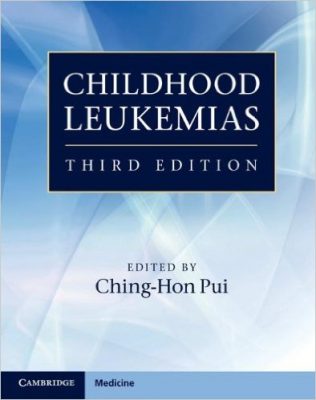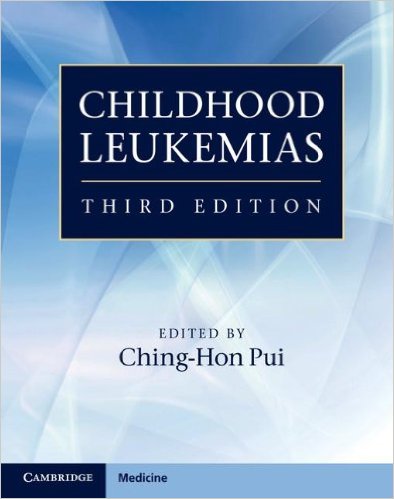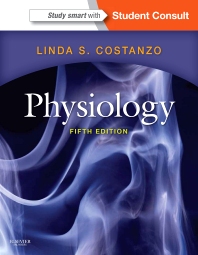 Editor: Ching-Hon Pui, MD
Editor: Ching-Hon Pui, MD
Publisher: Cambridge University Press – 880 pages
Book Review by: Nano Khilnani
Recent research has led to new insights on the molecular biology of childhood leukemias. Such insights have in turn led to numerous advances in diagnostic methods, strategies for risk assessment, and to the development of novel therapies for several genetic subtypes of the disease.
This revised third edition of Childhood Leukemias is one of the most comprehensive clinically oriented and authoritative reference textbooks available today on this medical subspecialty.
Sixty-eight specialists in the usual areas that have to do with children’s leukemias – hematology, oncology, and pediatrics – as well as other areas such as anesthesiology. cytogenetics, epidemiology, immunology, infectious diseases, pathology, and pharmacology – authored or coauthored the 36 chapters of this huge book of nearly 900 pages.
Most of the content contributors including the editor Dr. Chin-Hon Pui are located in the United States. But they also hail from eight other countries: Australia, Canada, Denmark, Germany, Italy, Netherlands, Singapore, and the United Kingdom. They wrote the 36 chapters that comprise this massive work. The content is allocated around four broad Sections, namely
- Section 1 – History and general issues
- Section 2 – Cell biology and pathobiology
- Section 3 – Evaluation and treatment
- Section 4 – Complications and supportive care
This large text begins with an overview of the history of this field, cell biology, and pathology. It then presents and discusses the myriad aspects of research, diagnosis, and treatment of various types of children’s leukemias. Some of them are:
- Complications associated with the disease
- Epigenetics of leukemias
- Evaluation and management of specific leukemias
- Leukemias in adolescents and young adults
- Leukemias in patients with Down syndrome
- New developments in therapies
- Treatment and supportive care during and after treatment
- Unique pharmacogenetics and pharmacodynamics in individual patients
Here is the coverage of topics in each of the four Sections of this book:
Section 1 – History and general issues – covers: history of leukemia and general perspectives; diagnosis and classification; and epidemiology and etiology.
Section 2 – Cell biology and pathobiology – covers immunophenotyping; immunoglobin and T-cell receptor gene rearrangements; cytogenetics of acute leukemias; molecular genetics of acute lymphoblastic leukemia; molecular genetics of acute myeloid leukemia; epigenetics of leukemia; genetics and drug resistance in acute leukemia; and heritable predisposition hematologic malignancies.
Section 3 – Evaluation and treatment – covers pharmacokinetic, pharamacodynamic, and pharmacogenetic considerations; acute lymphoblastic leukemia; relapsed acute lymphoblastic leukemia; B-cell acute lymphoblastic leukemia and Burkitt lymphoma; acute myeloid leukemia; relapsed acute myeloid leukemia; myelodysplastic syndrome; leukemias in patients with Down syndrome; treatment of adolescents and young adults with acute lymphoblastic leukemia; hematopoietic stem cell and natural killer cell transplantation; treatment of leukemia in countries with limited resources; antibody-targeted therapy; adaptive cell immunotherapy; gene transfer methods and applications; development therapeutics; and minimal residual disease.
Section 4 – Complications and supportive care – covers acute complications; late complications after leukemia therapy; therapy-related leukemias; infectious complications in leukemia; hematologic supportive care; pain management; psychosocial issues; and nursing care.
The organization of content – text and images – within the chapters is exceptionally good. A typical chapter is organized with these components (with some variations depending upon the nature of the subject being presented):
- Section Number and Title
- Chapter Number and Title
- Bylines
- Introduction
- Topics and Discussions
- Subtopics and Discussion
- Conclusions and Future Directions
- References
These are the types of images presented within the discussions of the topics and subtopics: charts, drawings, figures, micrographs, photos, radiographs, schematics, and tables.
This is an exceptional book that’s highly extensive in coverage of the very complex field of leukemias among children and to some extent, adolescents. The information in it is presented well, and written very clearly. The fact that it is in its third edition speaks for itself. The first and second editions had to have been successful by providing great value in terms of not just the knowledge but also its ease of use.
Editor:
Ching-Hon Pui, MD is an American Cancer Society Professor and Chair of the Department of Oncology, Fahar Nassar Al-Rashid Chair of Leukemia Research, and Co-Director of the Hematological Malignancies Program at St. Jude Children’s Hospital in Memphis, Tennessee.
He is recipient of the 2012 Pediatric Oncology Award from the American Society of Clinical Oncology (ASCO). The honor recognizes Dr. Pui’s many contributions to better understanding blood cancer biology and treatment as well as his role in improving leukemia survival rates.







